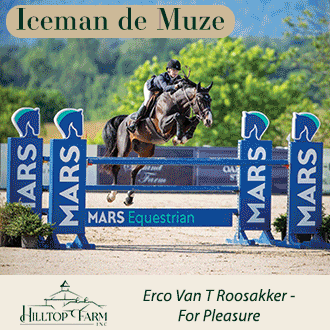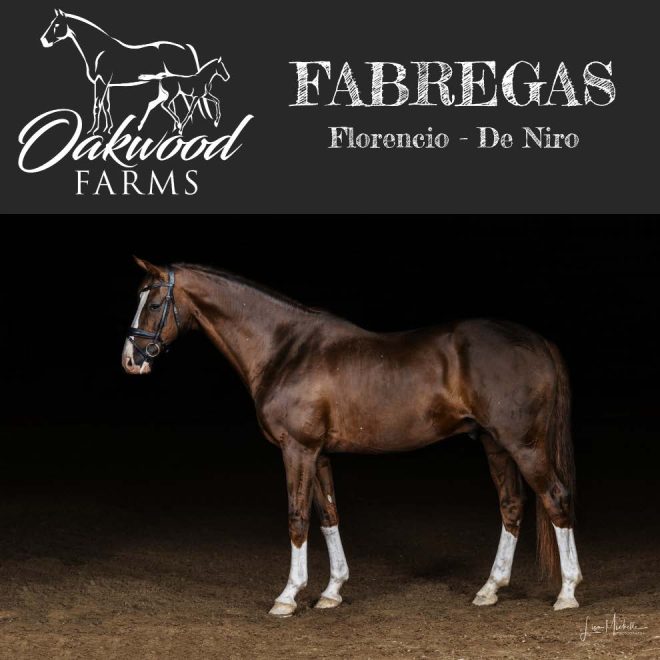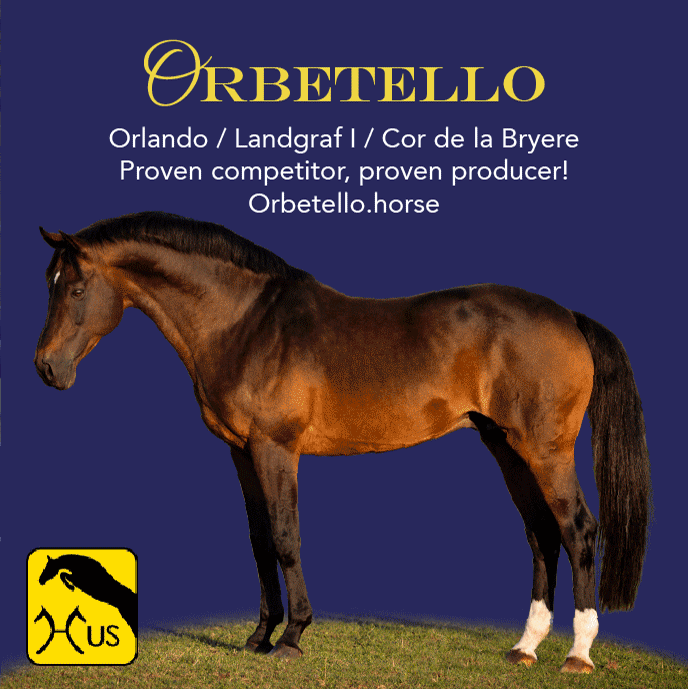Guidelines
Here’s the bottom line: You want to present your mare at her best. That means well-groomed, braided, in an area that’s well lighted and large enough so that the judges can see her movement. Don’t try to do this alone. You’ll need a second person to either manage the camera or handle the horse. You may also wish to have a whip handler to keep the mare moving forward. The horse handler and whip handler should be neat, functionally and inconspicuously dressed. When taping, don’t get too close to your mare but be close enough so the entire horse fills most of the camera’s frame.
- Start by viewing the demo video.
- Presenting your horse
This is your chance to show your mare in an environment where she is comfortable although you will still need to do some training so she knows what’s coming and will show her best qualities. She should be bathed and braided as though she were going to a show. The horse should be presented in a snaffle bridle, with or without a cavesson.
- Set up a Triangle
Find a flat space to set up your triangle. It can be a riding arena or a flat, mowed area. If you are presenting your mare on grass, be sure it is tightly mowed so that the judges can see the feet of the horse. Set up a triangle using poles, cones or other markers. The size and shape of the triangle will vary according to the conditions. The object is to allow enough room to show off your horse at the walk and trot. Most horses require at least 30-50 feet to show their trot. The videographer will stand at the point across from the longest side of the triangle. This will capture the horse as she walks away from the camera to the left, along the long side in profile, and then toward the camera when she comes from the right.
- What to Video
- Standing the Horse for Conformation
- Start the video by presenting your mare for conformation evaluation.
- The horse should be standing in an open stance so that the feet are positioned to show all four legs when viewed from the side. The handler should stand facing the horse. Video the horse from all angles, walking around the horse. Make sure the video clearly shows the horse from left side, right side, front and back.
- Next, walk the horse directly away from the camera, do a 180-degree turn and walk back to the camera.
- Showing the Gaits
- Walk on the triangle
- Walk the horse away from the camera, keeping the handler on the left of the horse and to the outside of the triangle; the horse should always turn to the right. Walk the long side, allowing the horse to swing, then round the corner and walk toward the camera as straight as possible. When in motion, the handler should always be on the left.
- Trot on the triangle
- The photographer with the camera should stay at the apex of the triangle (or several steps back) to capture all angles. Make sure you have enough room along the long side to show the trot.
- When trotting the triangle, straightness and correctness of gaits are evaluated on all sides of the triangle. Purity and quality are best judged when the horse is seen in profile as it travels along the far side.
- The greatest challenge of showing on the triangle is to get the horse to develop its optimum, balanced, ground-covering trot on the far side. The handler needs to take large steps with the horse and maintain rein contact. A whip handler may be employed to keep the horse moving forward.
- Free trot
- At some point take some video of your mare trotting freely. You can do this in any enclosed area as long as the area is well-groomed (i.e., grass mowed). The trick here is to get good shots of your mare trotting—not cantering or running wildly—in profile.





